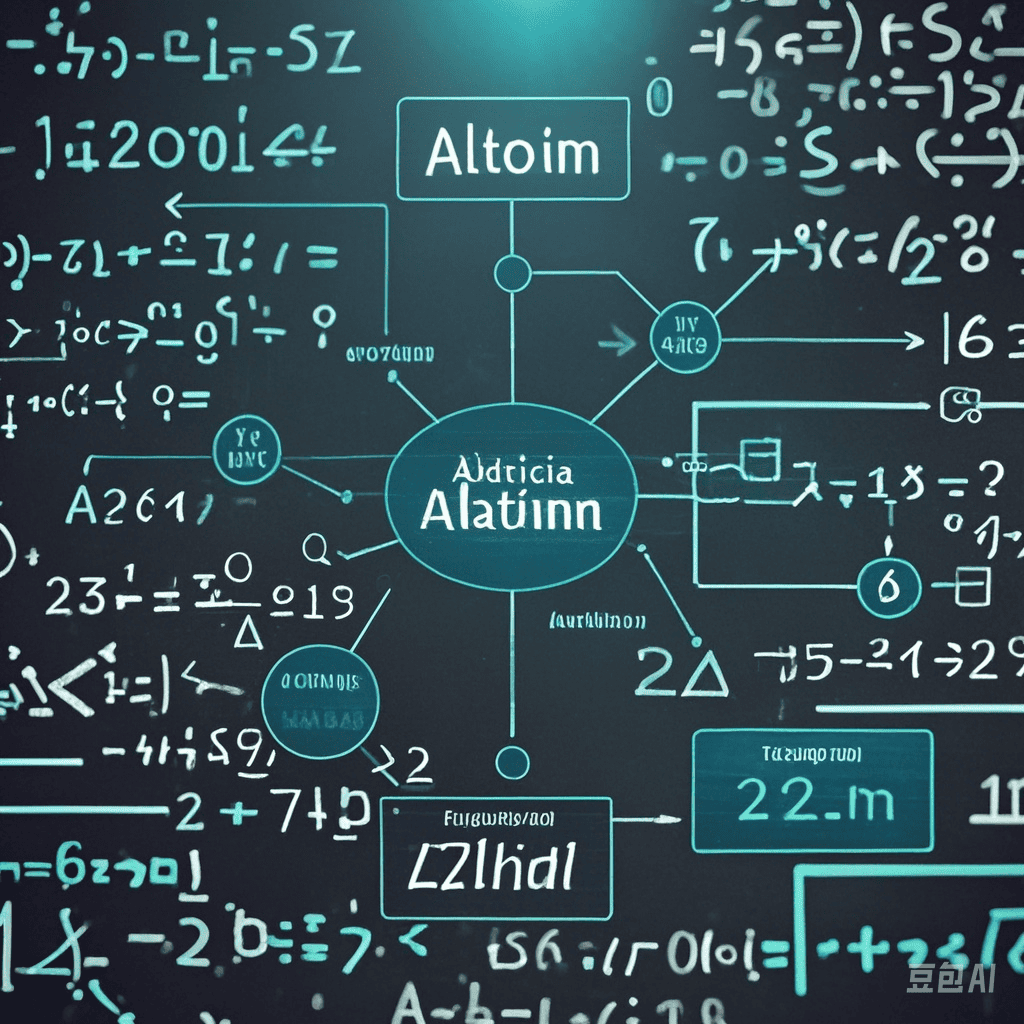GC
Go Tri-color Marking Algorithm and Hybrid Write Barrier Mechanism
Principles of the Tri-color Marking Algorithm
The tri-color marking algorithm implements concurrent garbage collection marking through color states (white, gray, black):
- Root Set Scanning: Starting from root objects (stacks, global variables, etc.), mark initially accessed nodes as gray
- Gray Object Processing: Change gray nodes to black and mark their downstream unvisited nodes as gray
- Iterative Processing: Repeat gray node processing until no gray nodes remain
- Sweep Phase: Reclaim all white nodes
Color semantics:
- White: Unscanned objects (potential garbage)
- Gray: Discovered but incompletely scanned objects
- Black: Confirmed live and fully scanned objects
Object Loss Problem
Living objects may be erroneously reclaimed when both conditions are met:
- Black References White: A black object directly references a white object
- Gray Loses Reachability: All paths from gray objects to the white object are severed
Example scenario:
Black A → White B (Condition 1)
Gray C ⇢ White B reference deleted (Condition 2)
White B loses protection and will be incorrectly reclaimed.
Barrier Techniques
Strong/Weak Tri-color Invariants
- Strong tri-color invariant: Prohibits black objects from directly referencing white objects
- Weak tri-color invariant: Allows black-to-white references but requires the white object to be protected by other gray objects
Insertion Barrier
- Rule: When a black object inserts a reference to a white object, mark the white object as gray
- Characteristics:
- Requires STW stack rescan after marking completes
Deletion Barrier
- Rule: When deleting an object reference, mark the deleted reference target as gray
- Characteristics:
- Lower reclamation accuracy (retains more floating garbage)
- Requires initial STW scan of live objects at GC start
Go 1.8 Hybrid Write Barrier
Core Rules
- Initial Marking: Concurrently scan all Goroutine stacks at GC start, marking stack objects as black
- New Objects: Directly mark new objects created on stacks during GC as black
- Reference Deletion: Mark deleted reference targets as gray
- Reference Addition: Mark added reference targets as gray
[!NOTE]
Barrier techniques are not applied to stack operations
Implementation Characteristics
- Stack space disables write barriers: Rules 1 & 2 ensure stacks remain black
- Satisfies weak tri-color invariant
Advantages
- Low STW Overhead:
- Initial stack scanning executes concurrently without pausing
- Final stack rescanning becomes unnecessary
- High Precision:
- Combines advantages of insertion/deletion barriers
Technical Evolution Comparison
| Feature | Insertion Barrier | Deletion Barrier | Hybrid Write Barrier |
|---|---|---|---|
| STW Phase | Final stack scan | Initial heap/stack scan | None |
| Precision | High | Low | High |
Go 三色标记法与混合写屏障机制
三色标记法原理
三色标记法通过颜色状态(白、灰、黑)实现垃圾回收的并发标记:
- Root Set 扫描:从根对象(栈、全局变量等)出发,将首次访问的节点标记为灰色
- 灰色处理:将灰色节点变为黑色,并将其下游未访问节点标记为灰色
- 循环执行:重复处理灰色节点直到没有灰色存在
- 清理阶段:回收所有白色节点
颜色语义:
- 白色:未被扫描的对象(潜在垃圾)
- 灰色:已发现但未完成扫描的对象
- 黑色:已确认存活且完成扫描的对象
对象丢失问题
当同时满足以下两个条件时会导致存活对象被误回收:
- 黑色引用白色:黑色对象直接指向白色对象
- 灰色丢失可达:灰色对象到白色对象的所有路径被切断
示例场景:
黑A → 白B(条件1)
灰C ⇢ 白B 的引用被删除(条件2)
此时白B失去保护,将被错误回收。
屏障技术
强/弱三色不变式
- 强三色不变式:禁止黑色对象直接引用白色对象
- 弱三色不变式:允许黑色引用白色,但该白色必须被其他灰色对象保护
插入屏障
- 规则:当黑色对象插入指向白色对象的引用时,将白色对象标记为灰色
- 特点:
- 标记结束后需 STW 重新扫描栈对象
删除屏障
- 规则:当删除对象引用时,将被删除对象标记为灰色
- 特点:
- 回收精度较低(保留更多浮动垃圾)
- GC 开始时需要 STW 扫描初始存活对象
Go 1.8 混合写屏障
核心规则
- 初始标记:GC 开始时并发扫描各 Goroutine 栈,将栈上对象全部标记为黑色
- 新建对象:GC 期间栈上创建的新对象直接标记为黑色
- 引用删除:被删除的对象标记为灰色
- 引用添加:被添加的对象标记为灰色
[!NOTE]
屏障技术不应用于栈
实现特点
- 栈空间不启用写屏障:通过规则1、2保证栈始终为黑色
- 满足弱三色不变式
优势分析
- 低 STW:
- 初始栈扫描并发执行,无需暂停程序
- 最终无需重新扫描栈空间
- 高精度:
- 结合插入/删除屏障优点
技术演进对比
| 特性 | 插入屏障 | 删除屏障 | 混合写屏障 |
|---|---|---|---|
| STW 阶段 | 最终栈扫描 | 初始堆栈扫描 | 无 |
| 回收精度 | 高 | 低 | 较高 |

